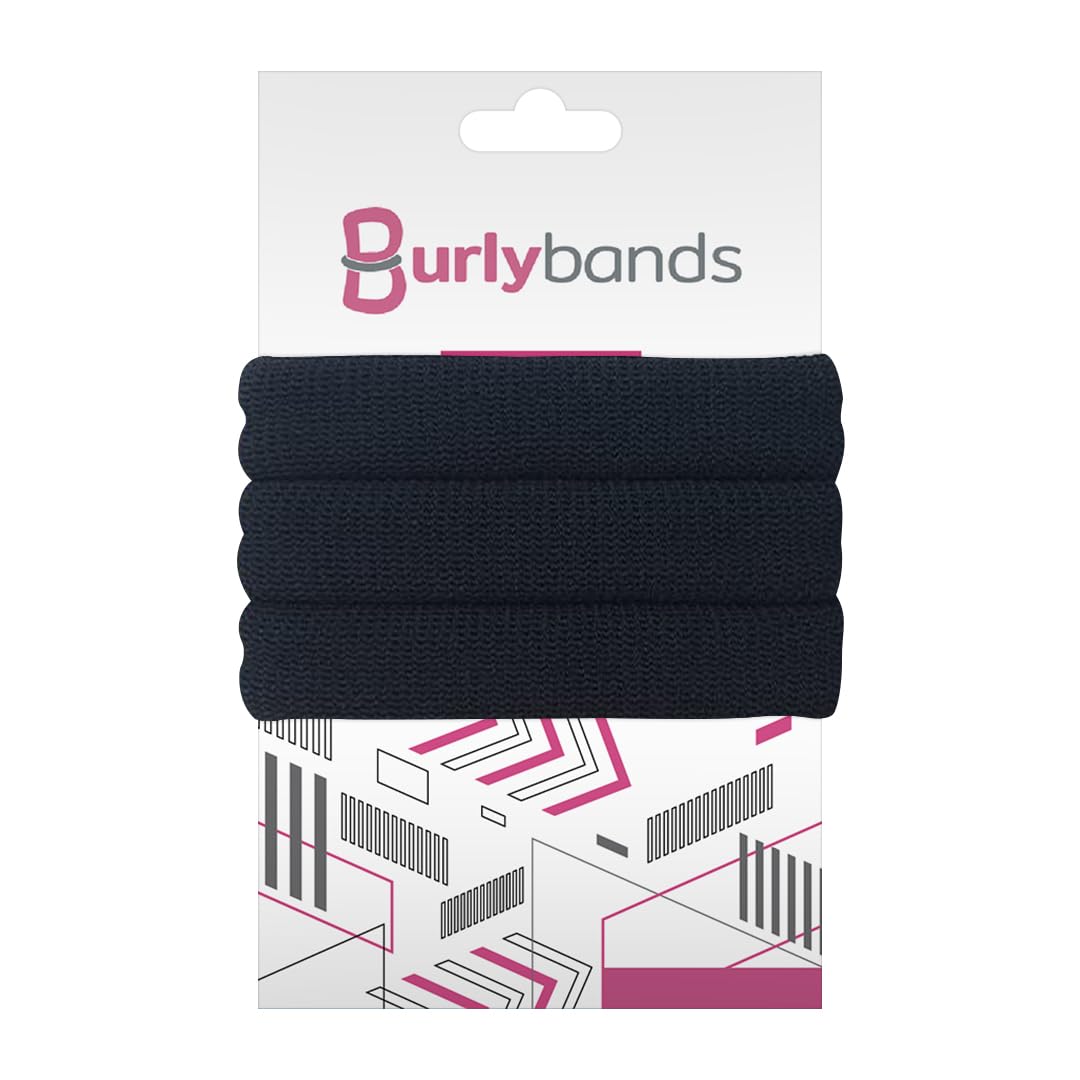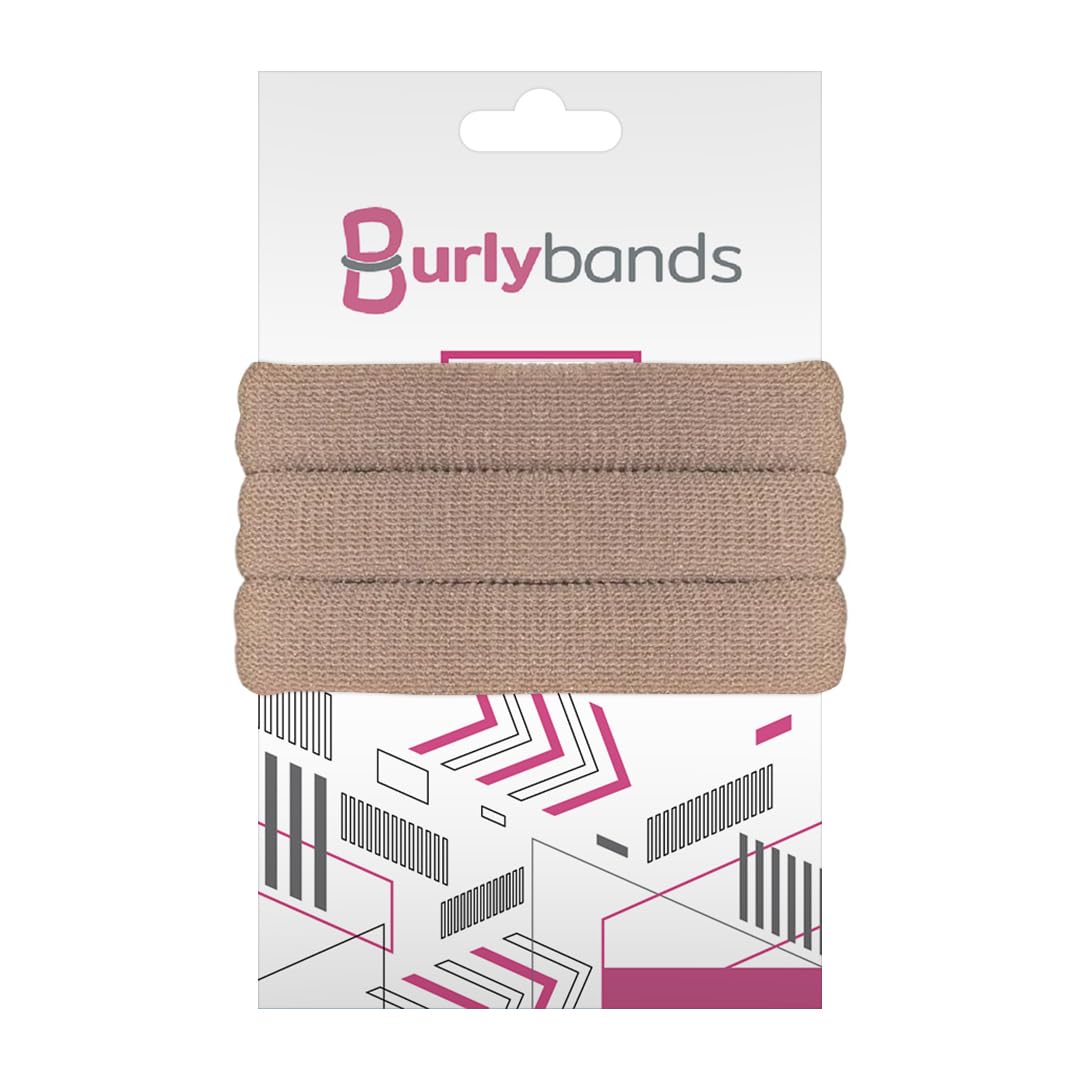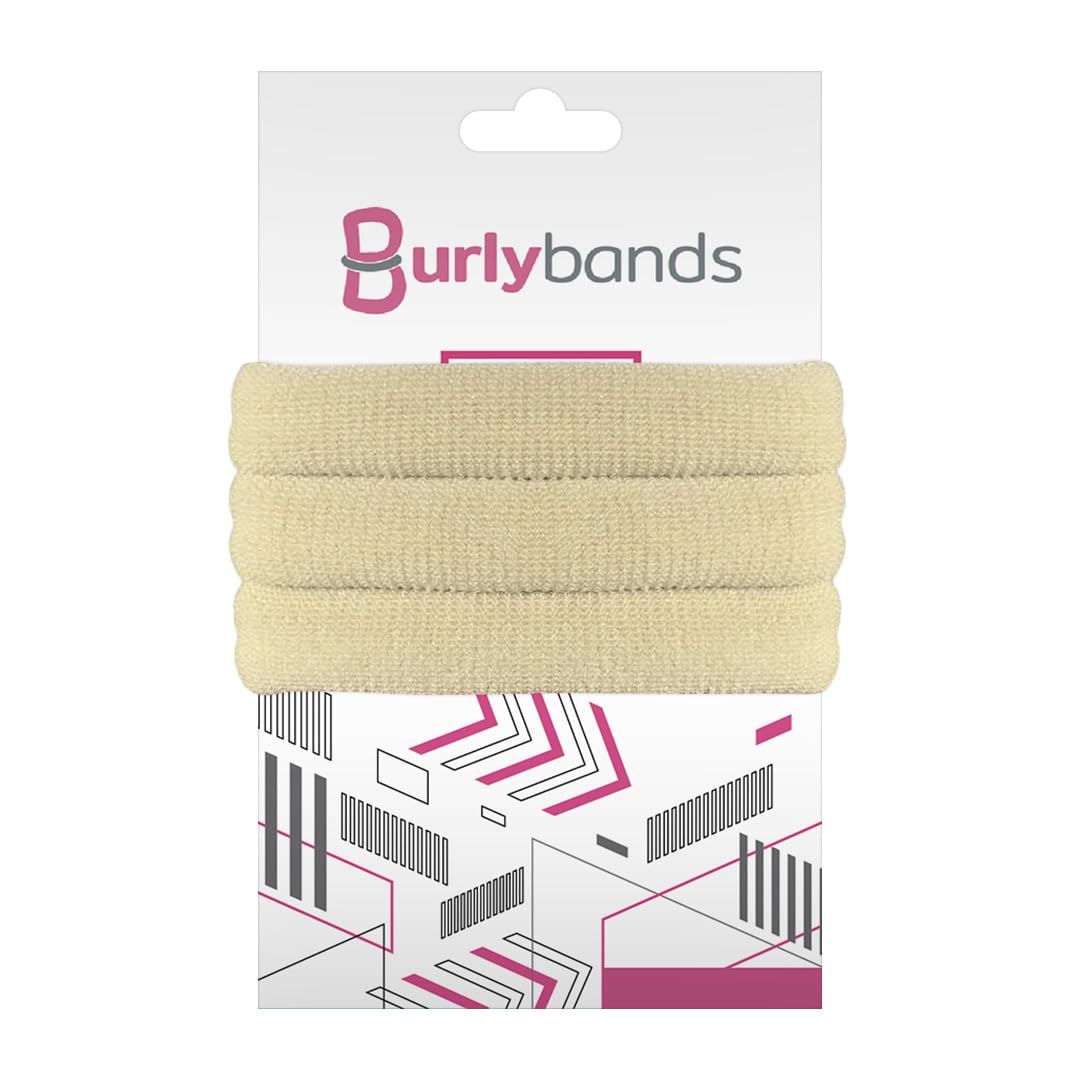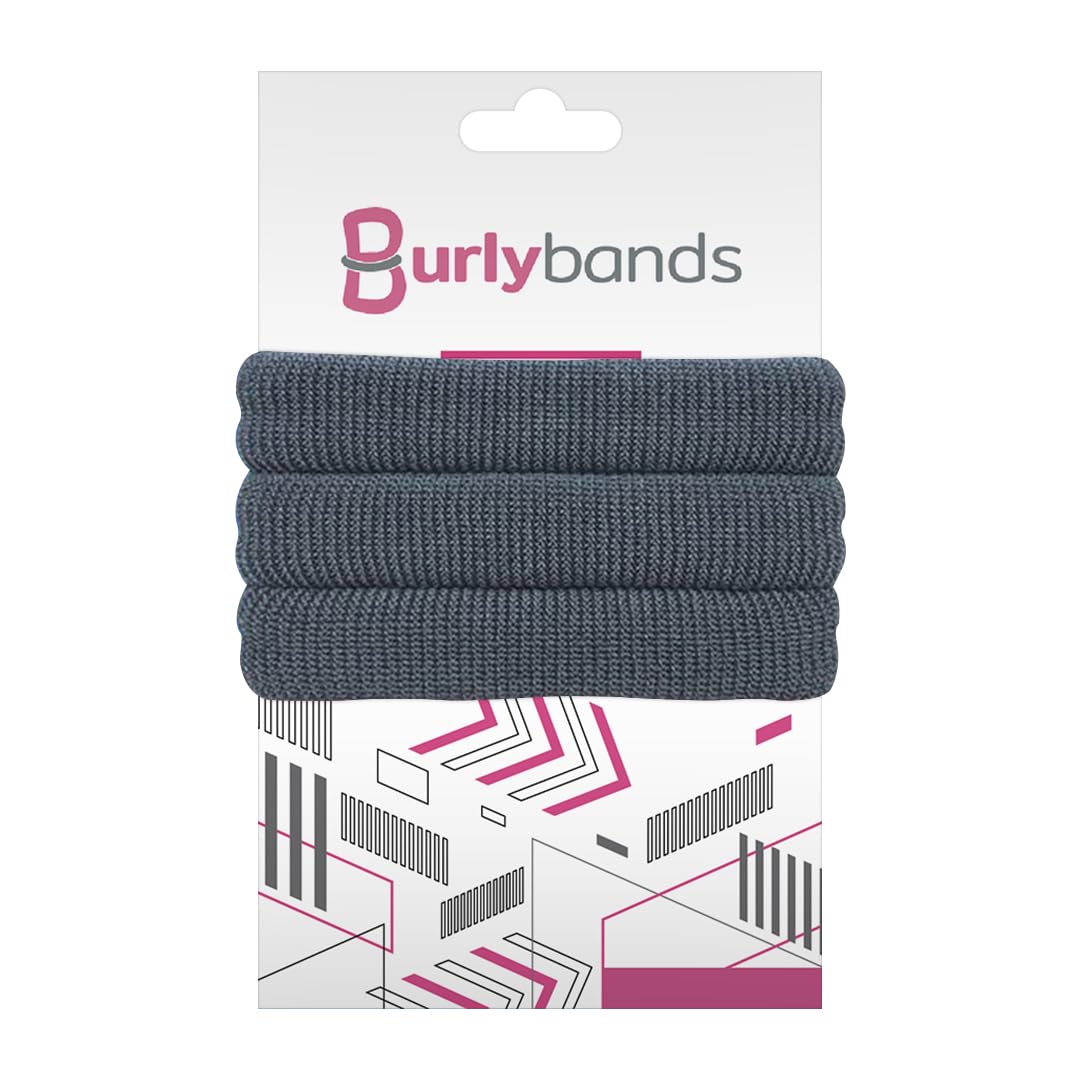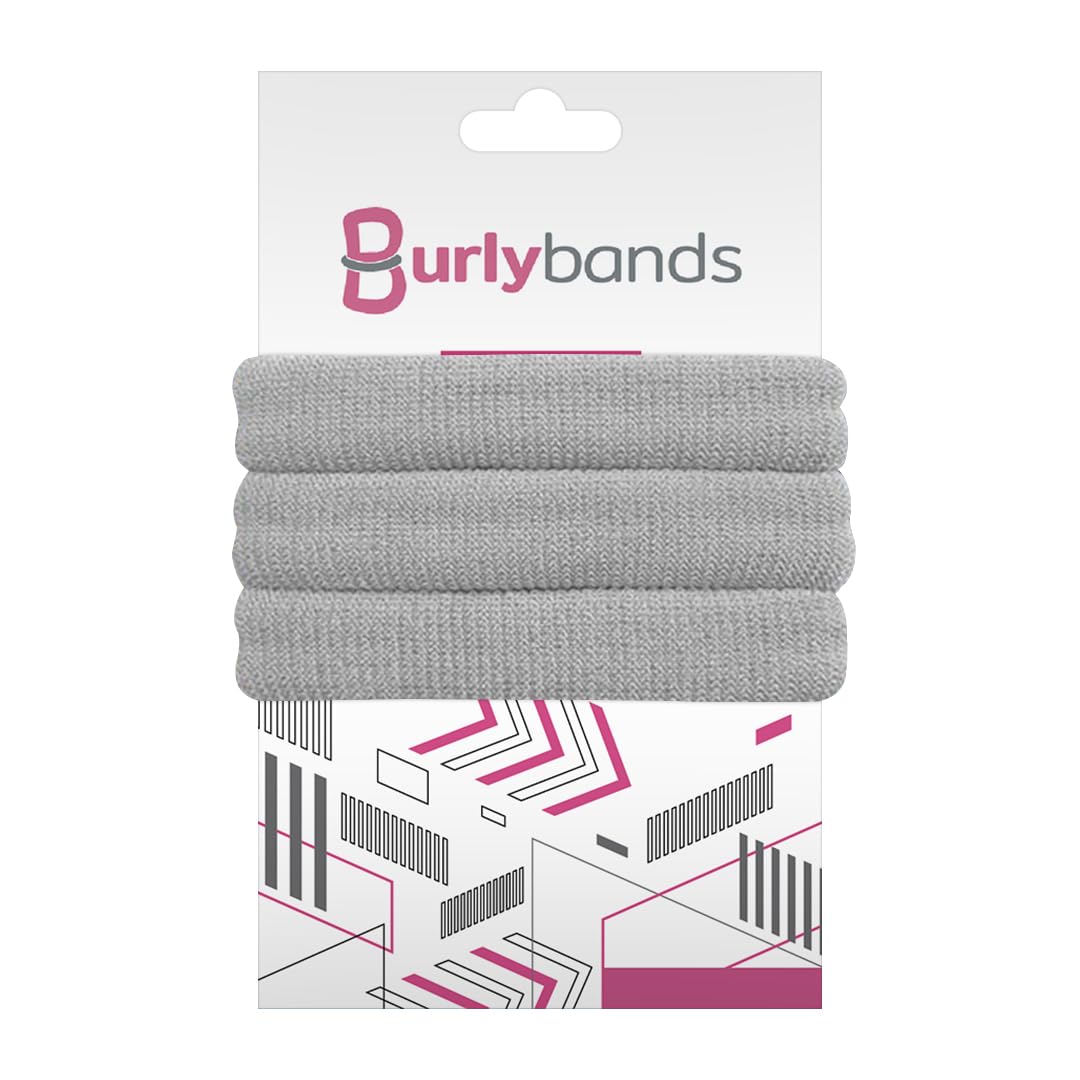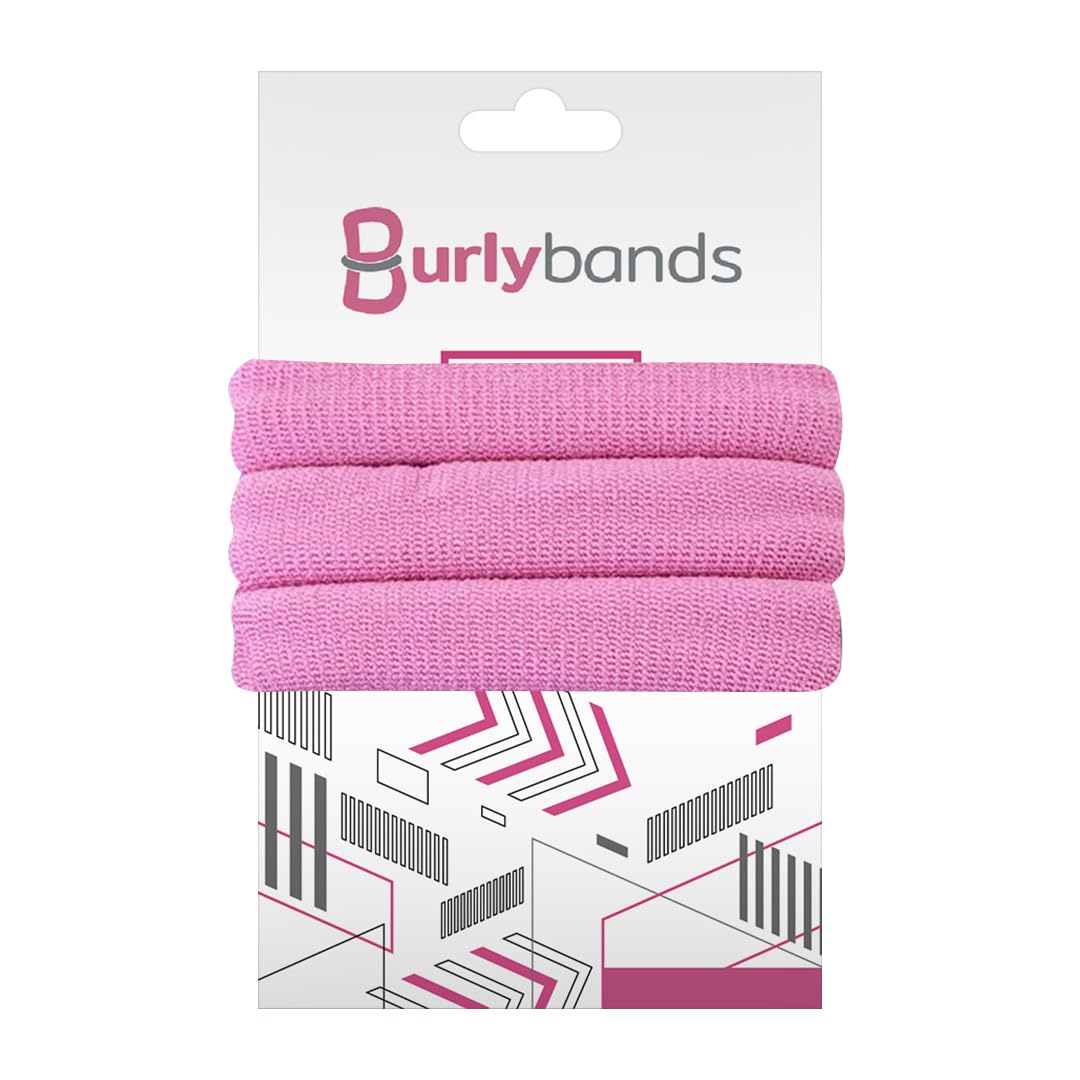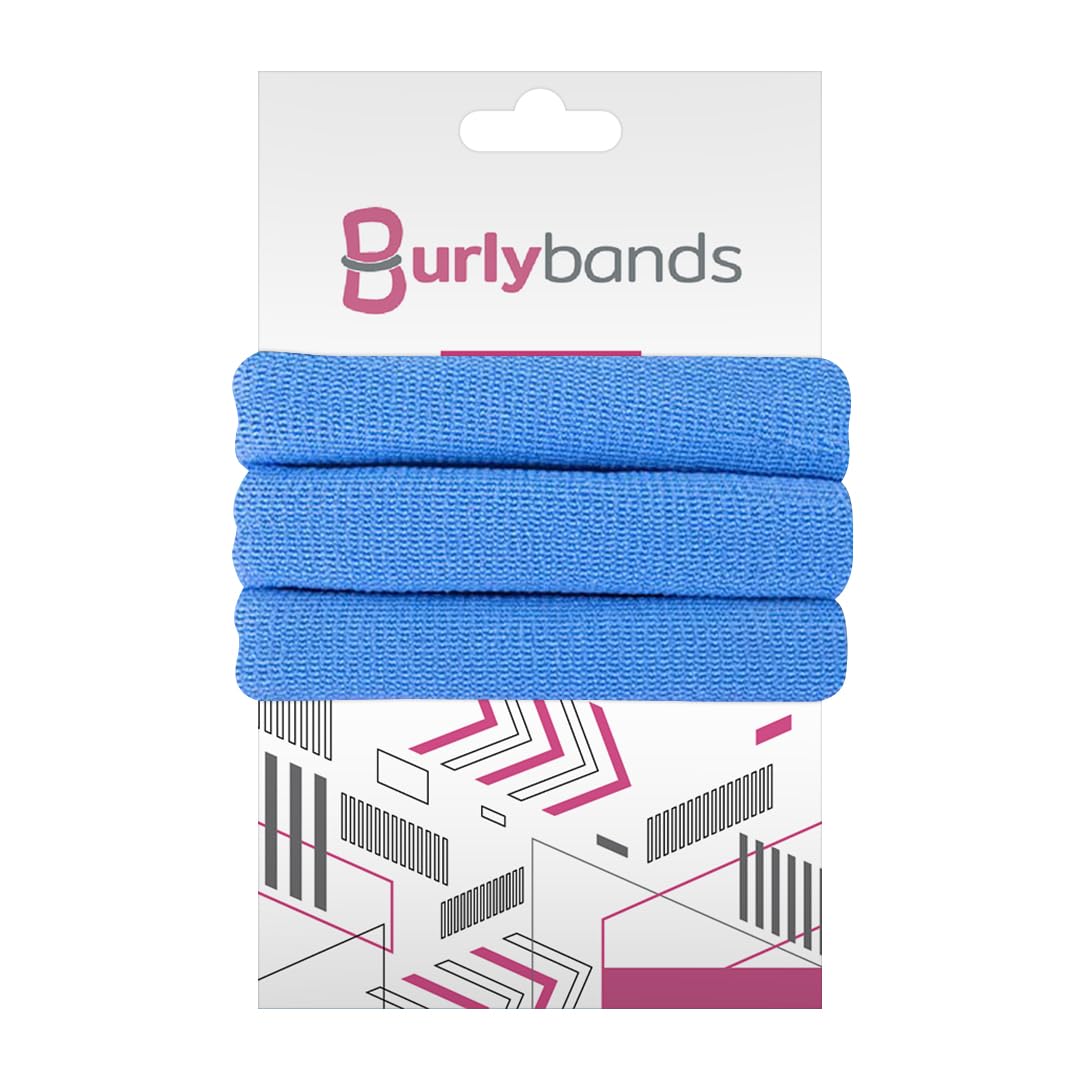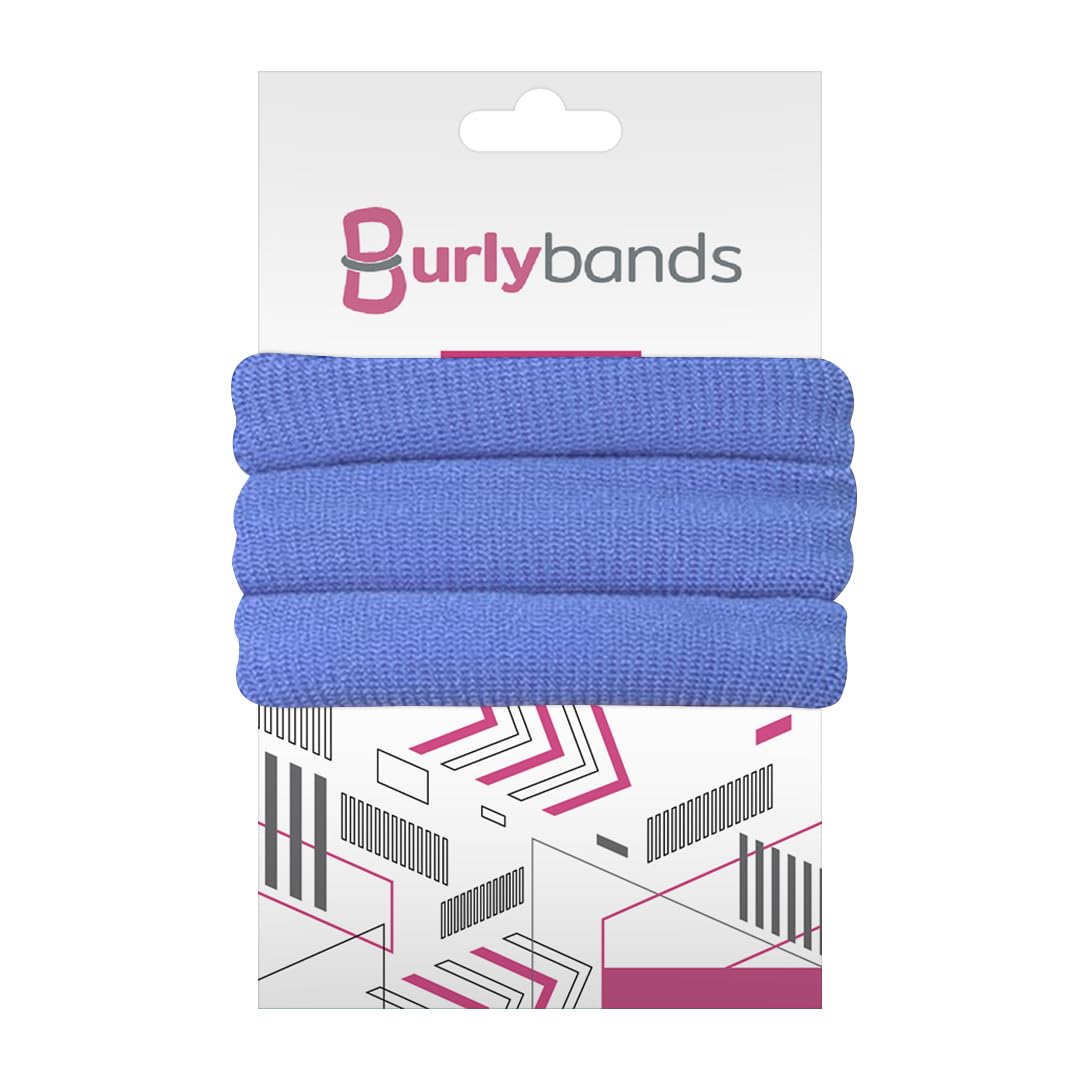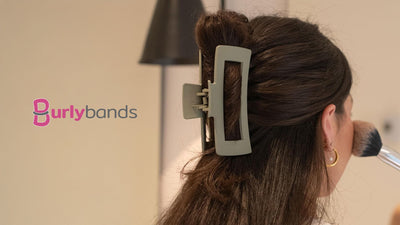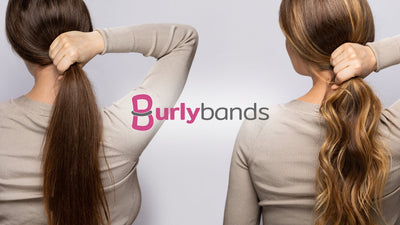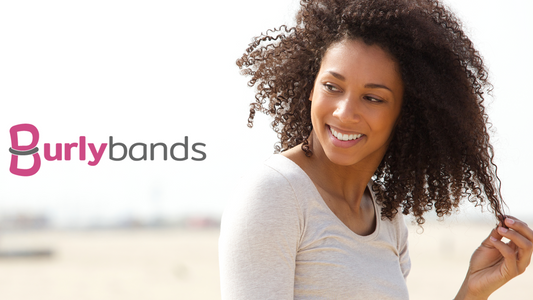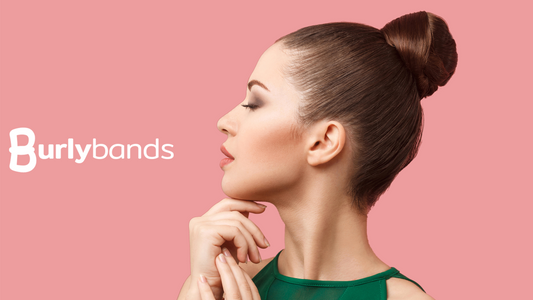Ariana Grande’s high ponytail brought this style into vogue for all of us who were too afraid to go back to that era. I don’t know about you, but a lot of us spent too long in front of the mirror with a tub of gel, a pack of bobby pins, and the tightest hair tie we could find, trying to recreate that masterpiece (how does she make it look so flawless anyway?).
After all that effort—and questioning if it was even worth it—we ended up with a not-so-impressive ponytail and a massive headache. Turns out, this isn’t uncommon. While your hair itself does not have any feeling, there are highly sensitive nerves just under the hair follicles in your scalp, which can get irritated by a tight ponytail and cause a headache. So, wait. Does this mean we have to give up this look altogether? Not really. There are a few tips and tricks to help avoid those ponytail headaches. Here’s what you can do.
What Causes a Ponytail Headache?
Credit: Envato Elements/ AFGreen
While your hair shaft itself is not pain sensitive, the hair follicles in your scalp are. When you pull your hair back into a ponytail, these nerves get irritated and send pain signals to your brain which results in a headache. The tighter the ponytail, the more pressure on those nerves, and the more likely you are to get this type of headache.
Ponytail headaches are a type of external compression headache or external traction headache, meaning they're caused by factors outside your head. You can also get these headaches with hairclips, hijabs, caps, hats, a tight bun, braids, hair scarves, and tight hairbands.
Is Everyone Prone to Ponytail Headaches?
Credit: Envato Elements/ mauriciotoro10
Fortunately no. But if you have a sensitive scalp, have long or heavier hair, or are prone to migraines, you might get them more often than others.
According to the Migraine Research Foundation, around 4 million people in the U.S. suffer from chronic migraines (18% of women, 6% of men, and 10% of children) with women being three times more likely to experience them.
Migraines are a neurological disorder that can be triggered by bright lights, stress, anxiety, lack of sleep, dehydration, certain foods, loud noises, and even external pressure on the head. They cause pain on one side of the head and can lead to nausea, extreme sensitivity to sound and light, facial pain, eye pain, and more.
If you experience ponytail headaches often and are easily triggered by external stimuli which results in a pounding head, consider seeing a neurologist or headache specialist.
How to Avoid Ponytail Headaches
Credit: Envato Elements/ YuriArcursPeopleImages
If you suffer from chronic migraines and are triggered by any sort of tight hairstyle, we recommend staying away from this hairstyle altogether since any amount of tips and tricks might not end up helping you.
But if you only get ponytail headaches due to the excessive pulling caused by this hairstyle, here are some tips to avoid the dreaded ponytail pain:
Loosen Up Your Hairstyle and Switch the Placement
You might be going for that Ariana Grande tight high ponytail, but if it’s causing you a headache, we recommend trying to take it down a notch. Try not to make as many wraps with your hair tie, and avoid tying the ponytail too high. Stick to a maximum of 3 wraps, a mid or low-level placement, and use a no-slip wide hair tie—preferably made of silk or satin (avoid rubber bands!).
Also, avoid using too many hair clips and bobby pins since they'll only add more pressure to the sensitive nerves in your scalp.
Take Breaks and Change Your Hair Part
For a lot of people, ponytail headaches do not happen immediately. It happens after wearing this hairstyle for hours at an end. We're talking about more than 4 hours to up to a day. If this sounds like you, try taking your ponytail down for a few minutes. Massage your scalp with your fingertips, change your hair part, and adjust the ponytail placement (switch from high to low) to relieve pressure and let your scalp muscles relax. Always keep a comb, a bit of hair gel, and a mirror on hand to change up your look.
Try a Double Ponytail
If you love the look of a high ponytail but want to avoid the headache, you need to try a double ponytail. Split your hair into two sections. Create a low ponytail with the bottom half of your hair at the nape of your neck. Then make a high ponytail with the top half, positioning it at the crown of your head (if you have shorter hair, position it right above the lower one). This style gives the illusion of one long, thick ponytail without putting all the weight on a single spot.
Stay Hydrated and Take Your Magnesium Supplements
Dehydration can lead to headaches on its own, so if you’re already prone to tension from a tight ponytail, not drinking enough water can make it worse. Drink at least 3 liters of water throughout the day.
Also, consult your doctor about taking a magnesium supplement if you regularly get compression headaches or eat magnesium-rich foods like nuts, seeds, leafy greens, and whole grains. You can find an entire list of foods with a simple Google search. Magnesium is known for its muscle-relaxing properties and is even used to prevent migraines, according to studies.
If you're someone overly sensitive during your period, avoid any sort of super-tight hairstyles during this time. Hormonal changes make your body, and especially your scalp, more sensitive. Let your hair loose or just tie it up in a loose bun or braid.
How to Relieve Ponytail Headaches
Credit: Envato Elements/ 13people
Here are some ways to relieve the pain:
- Take your hair down and use your fingertips to gently massage your scalp in circular motions using soothing essential oils, such as lavender or peppermint.
- Place a warm, damp towel or heating pad on your scalp, especially around the areas where you feel the most pressure. If you’re feeling a lot of throbbing, a cold compress might work better. Use an ice pack or wrap some ice in a cloth.
- Try doing a few gentle neck stretches or shoulder rolls to release the tightness that might be adding to your headache.
- Practice deep breathing. Slowly inhale through your nose, hold for a moment, and exhale through your mouth.
Summary
Ponytail headaches can be frustrating, but they’re a common issue that can be managed with a few simple tips. If you’ve tried everything and still find yourself dealing with these headaches, consider seeing a doctor to get checked out. It might be a migraine attack trigger or you might just have scalp sensitivity.
Looking for hair ties that hold without the headache? Burlybands are designed to be gentle on your hair and scalp, with a secure, no-slip grip that’s perfect for all-day wear. Shop with us today.
 Log in
Log in






